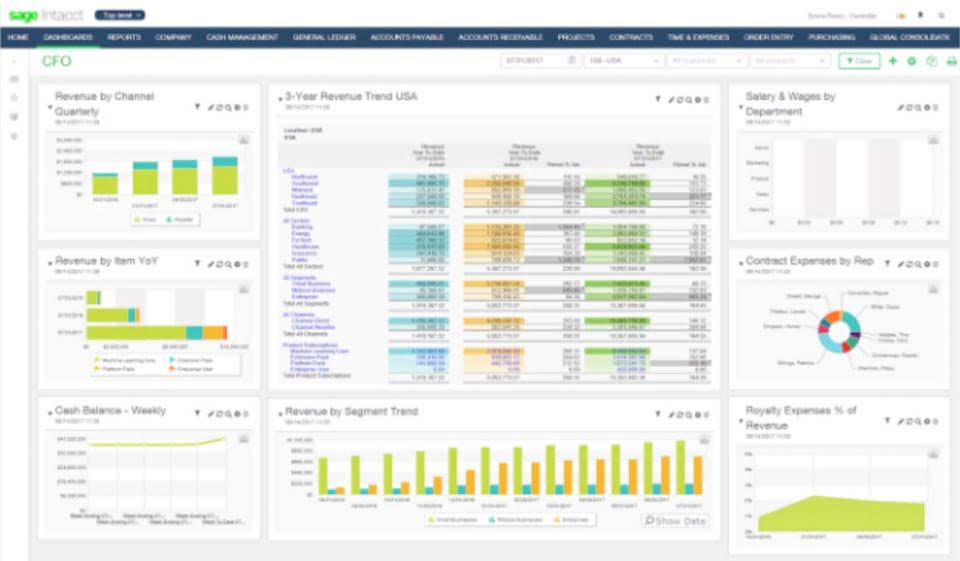
While inherently simple, you can significantly refine the percentage method for even better accuracy and insight. Apply it confidently when you primarily need a general yet reliable idea of your future financial needs. Similarly, accounts payable usually moves quite consistently in line with your cost of goods sold or raw material purchases. Always start your forecast sales with a realistic and well-researched projection for your total sales. You will systematically create a comprehensive financial forecast, outlining your anticipated financial position.
Cash Budget

So it’s not just a nice-to-have in your financial arsenal—it’s a necessity. This article provides an in-depth analysis of the B+ Tree data structure, covering its definition, p… The break-even point is a major inflection point in every business and sales organization. From sales funnel facts to sales email figures, here are the sales statistics that will help you grow leads https://twkj.pl/purchases-journal-purchase-day-book/ and close deals. Read our ultimate guide on white space analysis, its benefits, and how it can uncover new opportunities for your business today.
Some Applications of Contribution Margin Analysis and “What-If” Analysis
This implies that cost structure and asset utilization efficiency will not significantly change with increased sales. To calculate your potential bad debts expense (BDE), simply multiply your total credit sales by the percentage you anticipate losing. By no means is it meant to be hailed as a definitive document of every aspect of your company’s financial future. She decides she wants to put together a rough financial forecast for the future, so she opts to leverage the percent of sales method. Now that she has the relevant initial figures, she can move on to the next step. The meaning and purpose of the percentage of sales method and aging of accounts receivable can be confusing for individuals new to the finance world.
Other percentage methods
- You usually add fixed costs as a static amount after projecting variable costs using a percentage.
- Barring any major shifts in the current year over last year, this can give you a more realistic idea of the bad debt you need to build in to your budget.
- The percentage of sales method definition refers to businesses’ forecasting tools to predict multiple liabilities, expenses, and assets based on their sales data.
- With these insights, businesses can develop strategies for growth and risk management.
Forecasting future cash flows can help identify potential financial shortfalls or liquidity issues. It enables companies to identify potential problems and opportunities and make informed decisions about investments and resource allocation. A budget shows a business’s money flow, financial status, and plans for a specific time. Financial forecasting and planning work in tandem, as forecasting provides insights that help make budgeting accurate.
Firm of the Future

Financial forecasting considers various factors that impact business performance, such as market conditions, industry trends, and internal operations. It takes into account both internal and external factors that affect a company’s financial outlook. Consequently, by examining historical data and trends, businesses can determine these percentage relationships, which are constant, regardless of sales fluctuations. The Percentage of Sales Method is crucial in financial forecasting as it provides a simplistic yet practicable way to predict or plan a company’s future financial requirements. This illustrates that in this example, 25% of your sales revenue is allocated to your cost of goods sold account. For instance, you might want to look into why your production costs have risen more quickly than your revenue if the percentage is significantly higher the following year.
- Most businesses think they have a good sense of whether sales are up or down, but how are they gauging accuracy?
- Financial forecasting should be integrated into the financial planning to ensure accuracy and effectiveness.
- By evaluating past performance, businesses can identify key factors that influenced their success or challenges.
- If projected assets exceed projected liabilities and equity, it indicates a need for additional external funding to support anticipated sales growth.
- Qualitative forecasting methods are particularly useful when historical data is limited or unreliable.
With accurate forecasts, businesses can confidently chart their course toward a prosperous future. Financial forecasting can drive business growth by providing the data needed to make informed investment and operational decisions. Accurate forecasts help businesses allocate resources more efficiently, optimize cash flow, and plan for future capital needs. Forecasting helps businesses decide when to grow, enter new markets, or invest in new products effectively. By linking their planning to financial forecasts, businesses can remain competitive and make better decisions when the market changes. By including forecasting in the percent-of-sales method for financial forecasting their planning to adapt to market changes, businesses can improve financial stability.
Pro Tips on Increasing Sales Percentage
The table above illustrates an example of using the moving average method to forecast revenue. By taking the average of previous quarters, businesses can estimate future revenue trends, helping them make data-driven decisions to drive growth and profitability. The straight line method is a quantitative forecasting method that assumes a company’s historical growth rate will remain constant. It involves multiplying the Car Dealership Accounting previous year’s revenue by the growth rate to forecast future revenue. This method is a good starting point but does not account for market fluctuations or supply chain issues that may affect revenue. By evaluating past performance, businesses can identify key factors that influenced their success or challenges.

The accounts receivable to sales ratio measures a company’s liquidity by determining how many sales are happening on credit. The business could run into short-term cash flow problems if the ratio is too high. For this reason, it’s an important additional ratio to consider when running a percentage of the sales forecast. Income accounts and balance sheet items, like accounts receivable (AR) and cost of goods sold (COGS), are analyzed to determine the percentage they contribute to total sales. If the “plug” figure in the balance sheet indicates a deficit, it signals the amount of additional external financing required to support projected sales growth. Conversely, a surplus suggests excess cash that could be used for investments or debt reduction.




